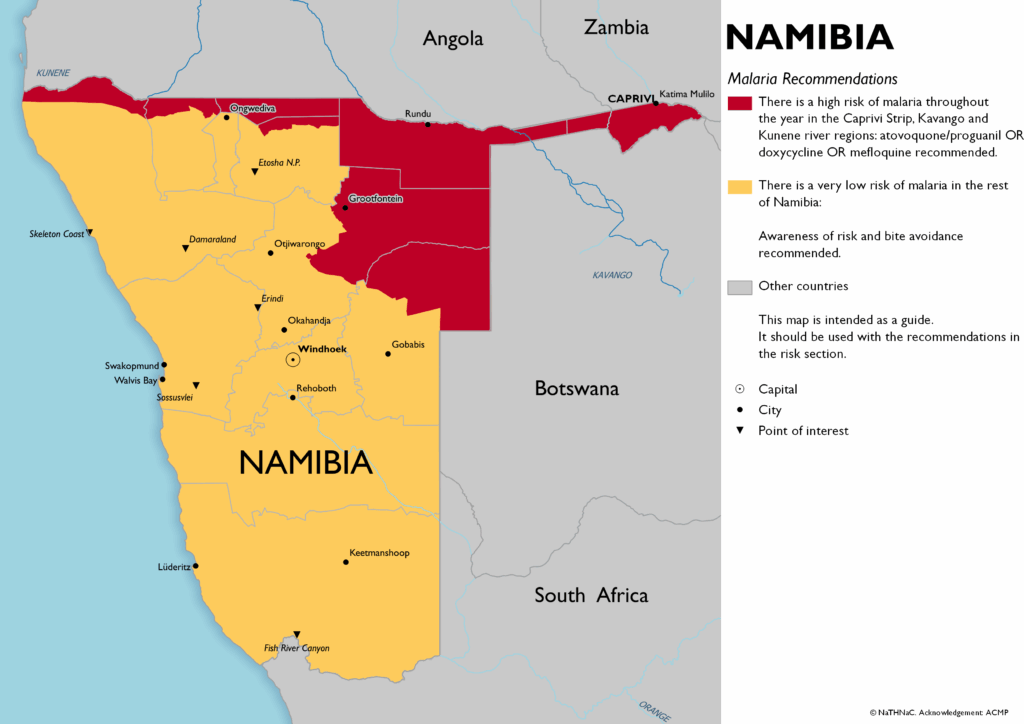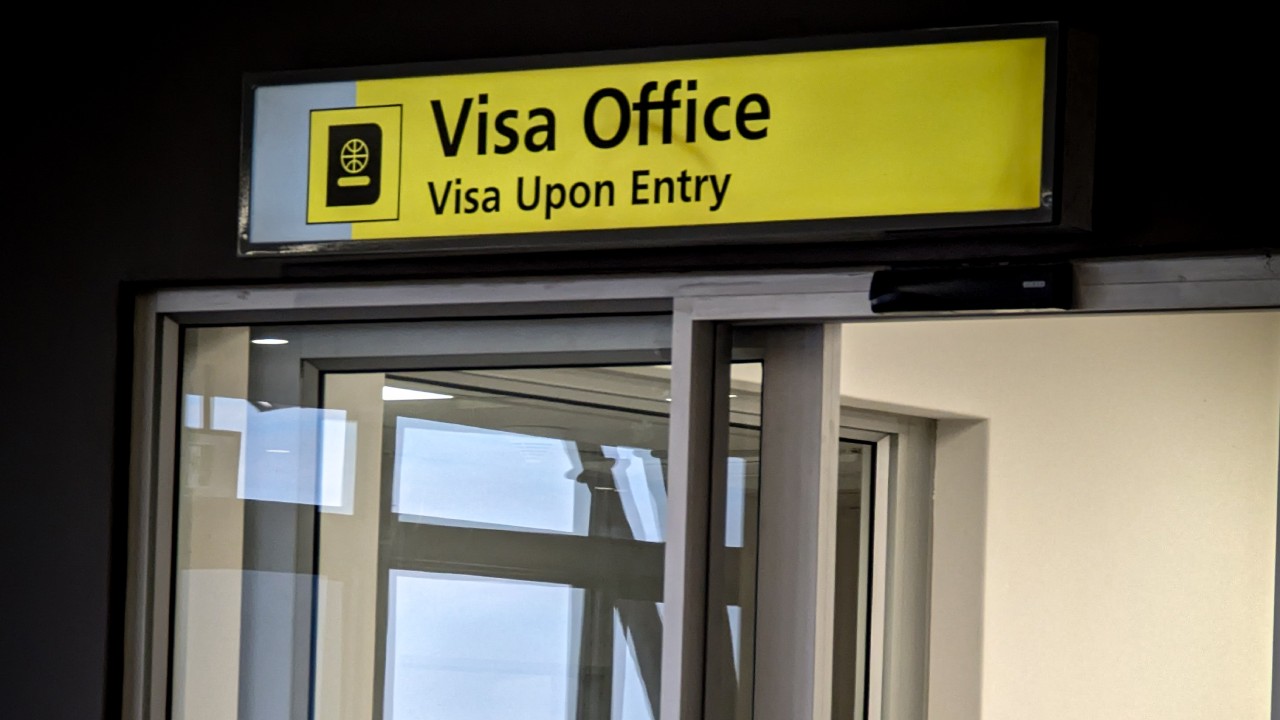56,000 cases of Malaria since January 2025
According to the Minister of health and social services, Esperance Luvindao, Namibia has recorded over 56,000 cases of Malaria between January and April 2025. Over 5,000 patients were hospitalized and approximately 100 deaths occurred so far as a result of the outbreak.
The symptoms of Malaria
Malaria symptoms vary depending on the type of parasite and the affected individual’s health. Malaria symptoms often mimic the flu, including fever, chills, sweats, headache, nausea, vomiting, and muscle aches. In some cases, more severe symptoms like anemia, jaundice, and difficulty breathing can also occur. Malaria can be fatal especially if left untreated but the risk factors are mainly young children, pregnant women and people with pre-existing medical conditions.
Which parts of Namibia pose a high risk for Malaria?
The high risk areas of Malaria in Namibia include the far northern part, Caprivi strip as well as the north-eastern side of the country. An illustrated map below demonstrates an accurate demographic related to the high risk areas of Malaria in the country.

How can you reduce your risk for Malaria in Namibia?
When visiting a high risk area you can take precautions to reduce your risk of transmission including
- Sleeping under a mosquito net
- Using insect repellent, especially during the evening
- Wearing long trousers and long sleeved shirts to cover your body as much as possible
- Taking antimalarial medications are used to prevent or treat malaria including: Atovaquone-proguanil (Malarone), Doxycycline, Mefloquine, and Chloroquine




